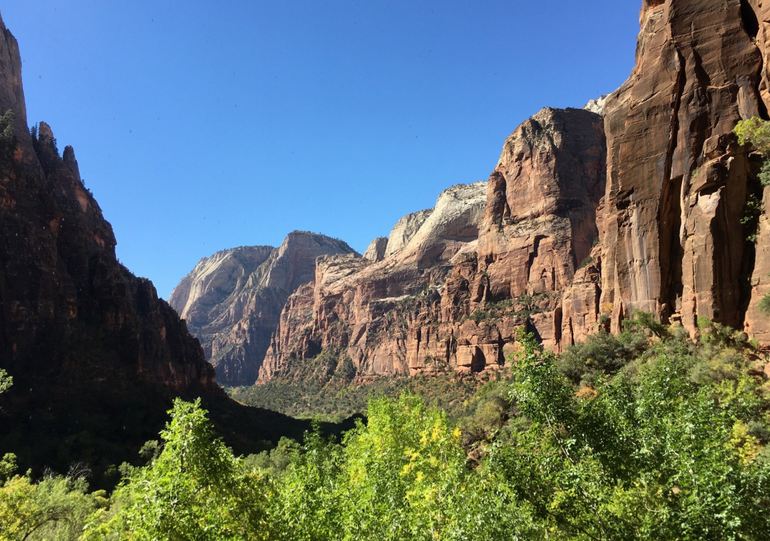
Zion National Park is Utah’s first national park in southwestern Utah, covering 229 square miles near Springdale. The park’s unique location at the junction of the Colorado Plateau, Great Basin, and the Mojave Desert gives the park stunning natural features, including mountains, mesas, canyons, slot canyons, and natural arches.
This area of Utah was inhabited 8000 years ago by the Native American tribe of the semi-nomadic Anasazi people. More recently, the Mormons settled here in the 18th century. Today, Zion National Park is one of the top tourist destinations in the United States.
Things to do in Zion National Park
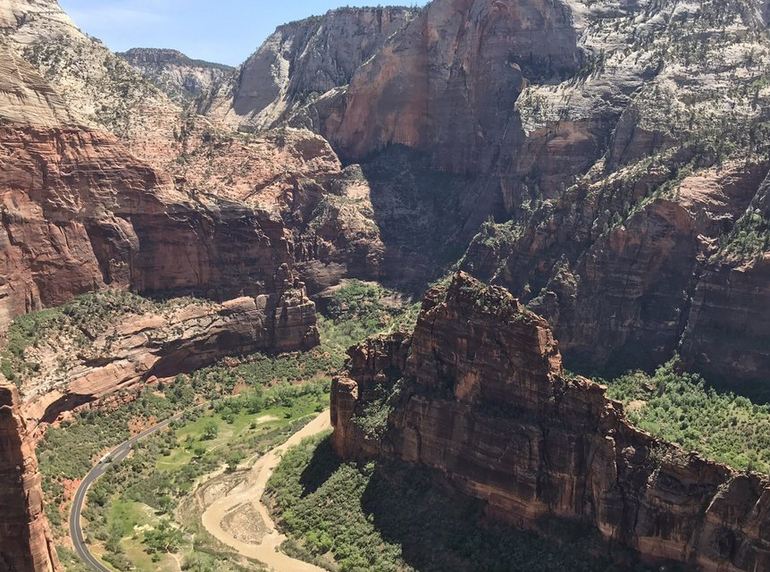
Hiking Zion National Park
Trail information and condition is available at the Visitor Center. Choose a trail depending on your requirements and what you want to see in the park. Some of the most popular trails in the park are located in Zion Canyon, offering easy, moderate, and strenuous routes to explore. The Zion Canyon shuttle stops near the park’s most popular trails.
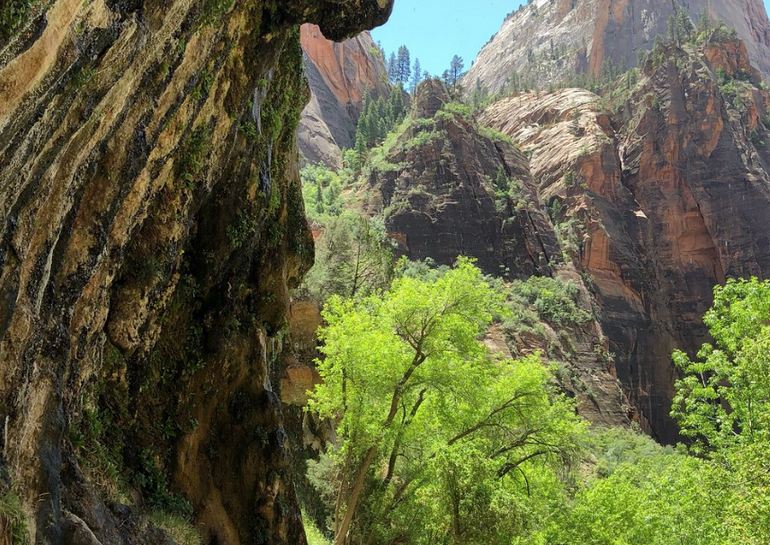
Weeping Rock Trail
The hike to Weeping Rock is short but steep and ends with a fantastic view of the Zion Valley. This trail gets very crowded during peak times. If you only have one day to visit the park, put the Weeping Rock Trail on your to-do list. The trail is just under a half-mile long, takes about 30 minutes, and is rated easy.
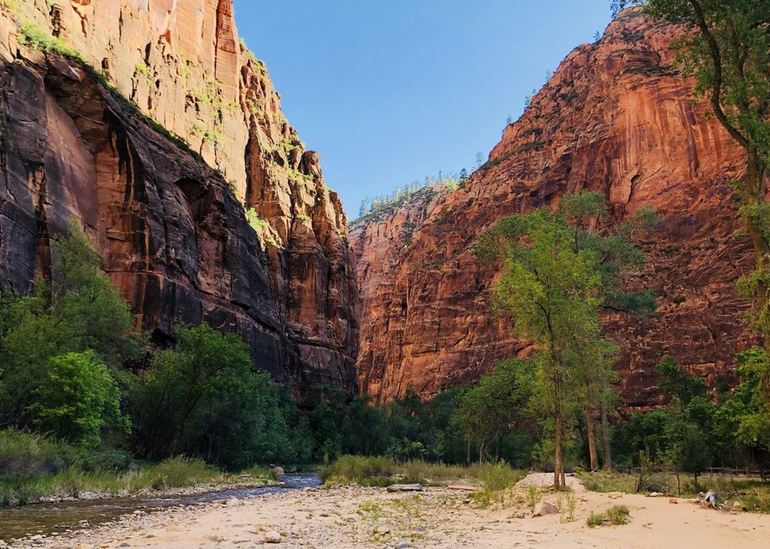
Riverside Walk Trail to the Narrows
Riverside is another popular trail that follows the virgin river and ends at the narrows. You must wade through the river if you want to continue into the narrows. Riverside Walk is a mostly paved trail with a lovely canyon and Virgin River views. The round trip distance is 2.2 miles. Allow at least an hour and a half for this hike.
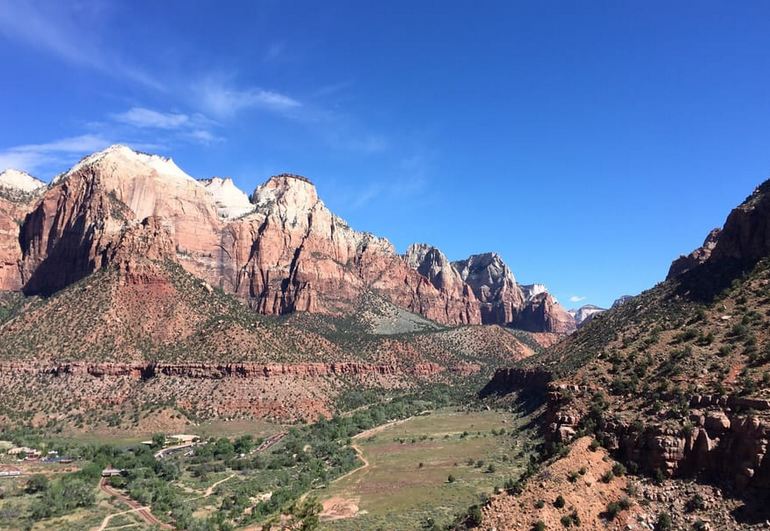
Watchman Trail
The trailhead starts at the visitor center and is a 3-mile roundtrip that features stunning views of Zion Canyon and the town of Springdale. Watchman Trail does not have much shade, so it’s best to take this hike early in the morning or late afternoon. For visitors short on time, this trail is the nearest hike to the park’s South Entrance—a 3.5-mile round trip. The track is rated moderate.
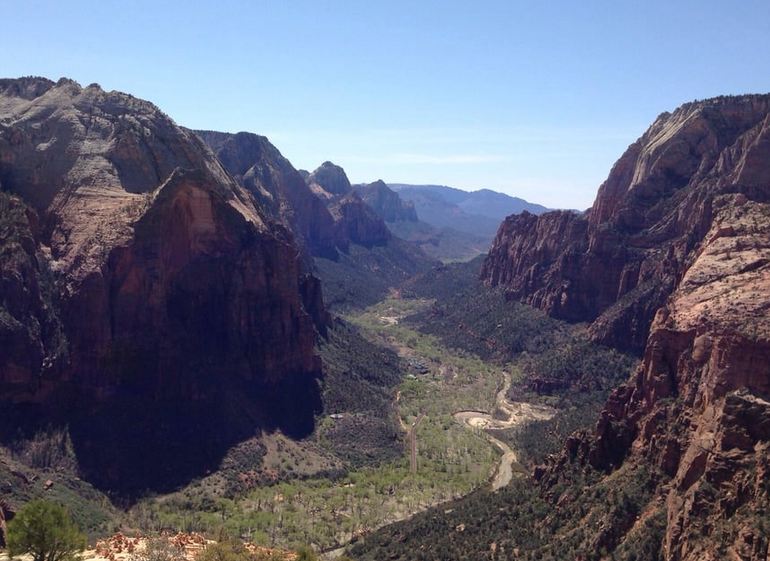
Angels Landing Trail
Angels Landing is Zion National Parks’ most popular trAngel’sgel’s Landing is a five-mile roundtrip hike not for the faint of heart. It would help if you climbed a series of switchbacks to Scouts Lookout to get to Angels Landing, where most people turn around. From there, if you go, you have to climb the Angels Landing Spine using the chains. Hang on for dear life. This section is scary. Finally, you arrive at 5,790 feet high Angels Landing and enjoy the spectacular views of Zion National Park.
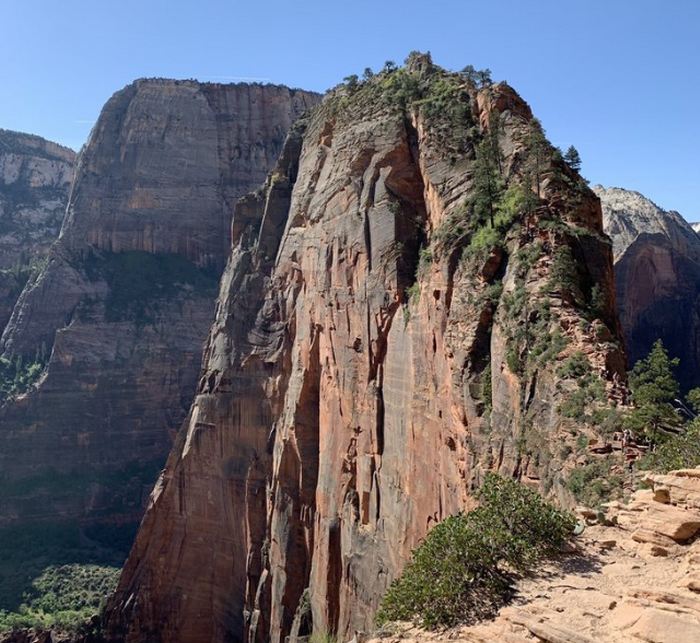
Rock Climbing Sandstone Cliffs
2000-foot sandstone cliffs offer some of the best big walls climbs for rock climbers, although it is recommended to have some climbing experience before attempting these giants. For those without rock climbing experience, there are roping and sports climbing areas where you can try your hand. No permits are required for rock climbing. March to May and September to early November are the ideal climbing seasons.
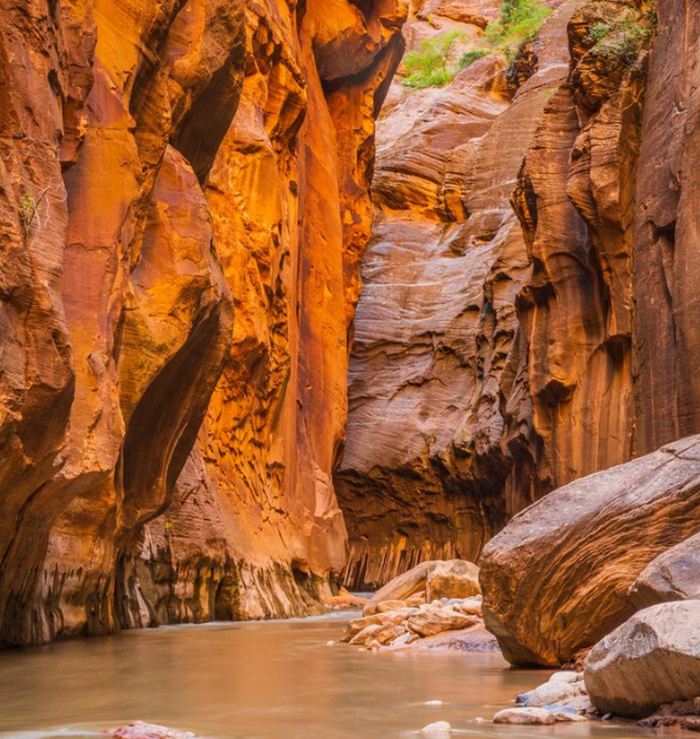
Canyoneering in Zion National Park
Zion National Park is one of the premier canyoneering locations in the country. There are dozens of canyon trips designed for beginners to the more experienced. Permits are required before you begin canyoneering, and choose an area best suited to your experience level.
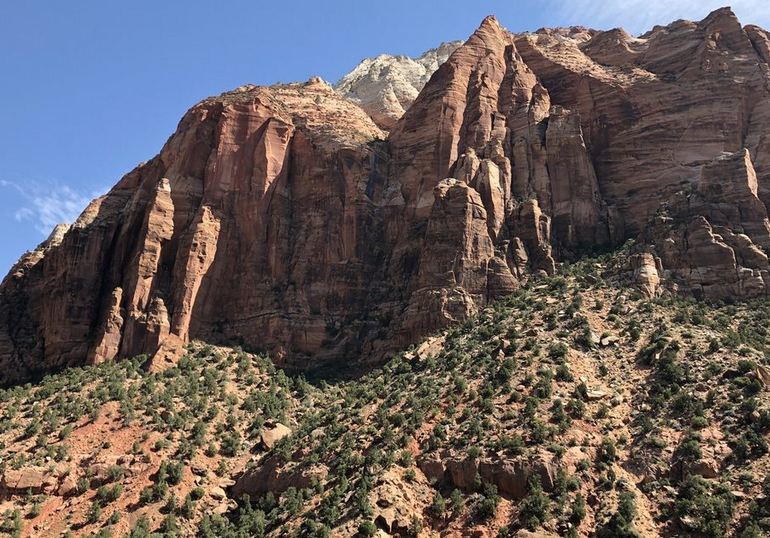
Camping at Zion National Park
Zion National Park has three campgrounds. The South and Watchman Campgrounds are in the canyon, while the Lava Point Campground is an hour’s drive from Zion Canyon on Kolob Terrace Road. For a guaranteed camping spot, it’s advisable to make your camp reservations in advance, as almost all the campsites get packed during the summer.
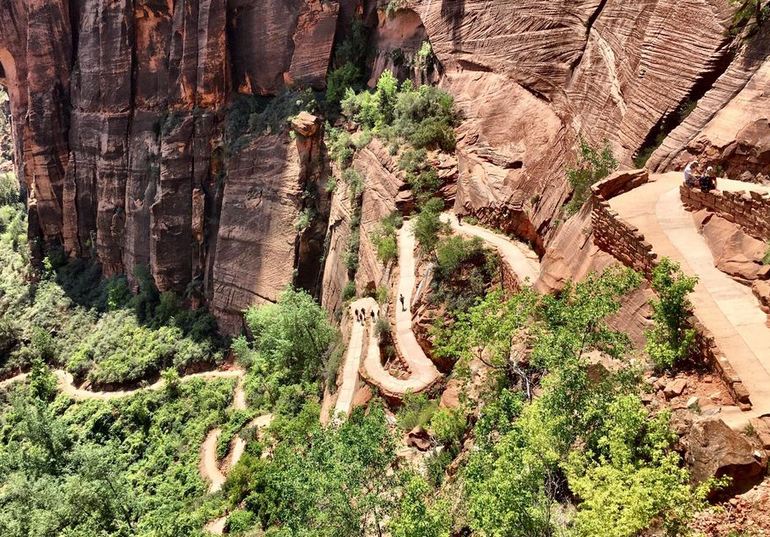
Getting To Zion National Park
Springdale is the nearest town to Zion National Park, where most visitors stay. The driving distance from Las Vegas is just under three hours, making visiting on a day trip possible. The drive from Salt Lake City, Utah, is 4 -5 hours, depending on your route. From Flagstaff, Arizona, the road is four hours. Trams run from the park visitor center and nearby Springdale.
Leave a Reply